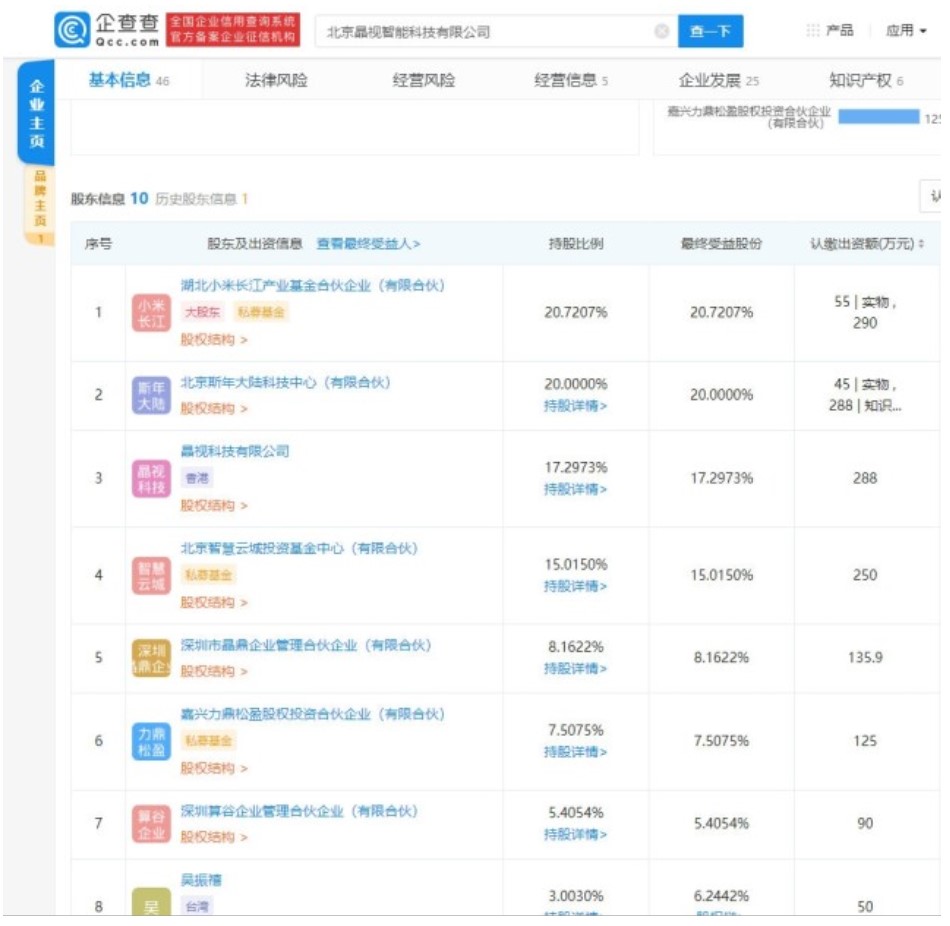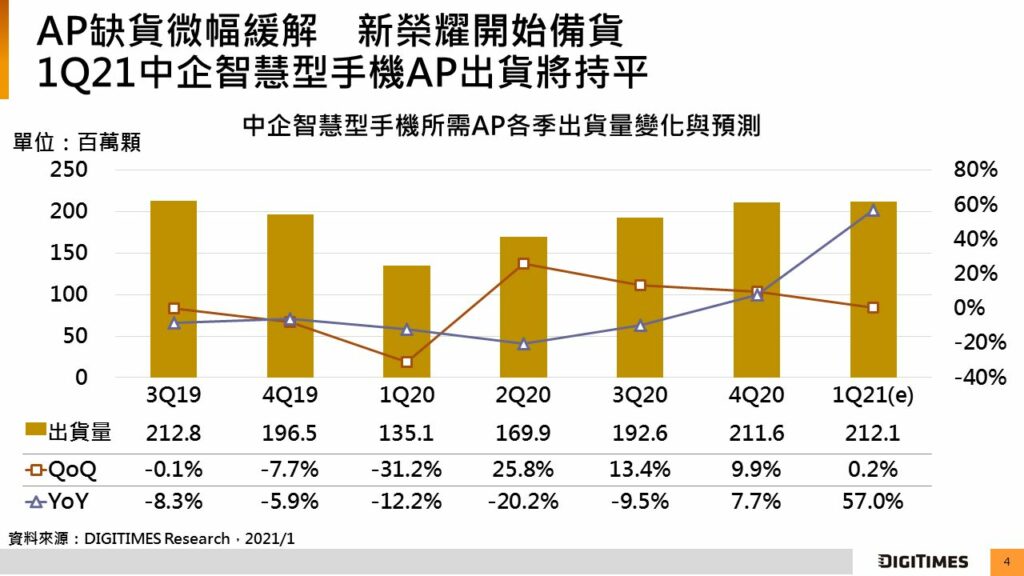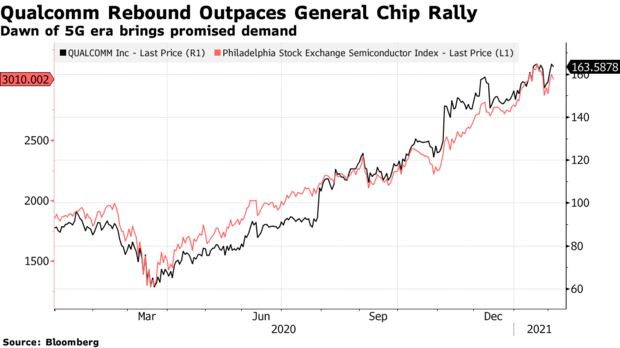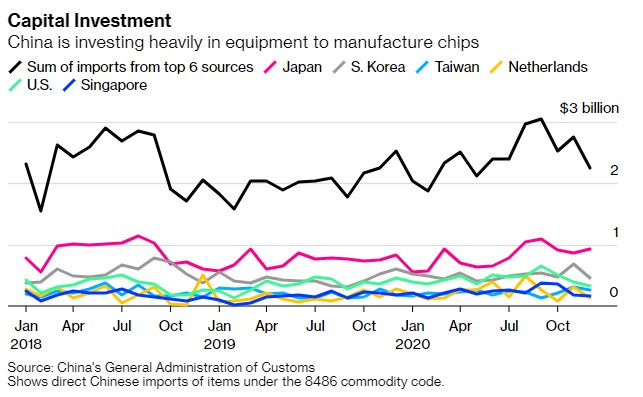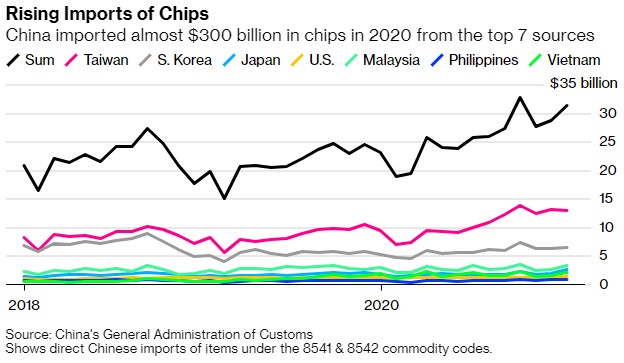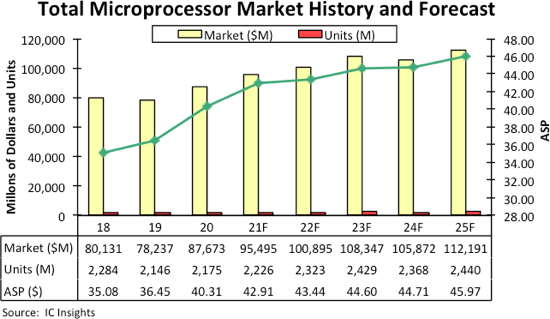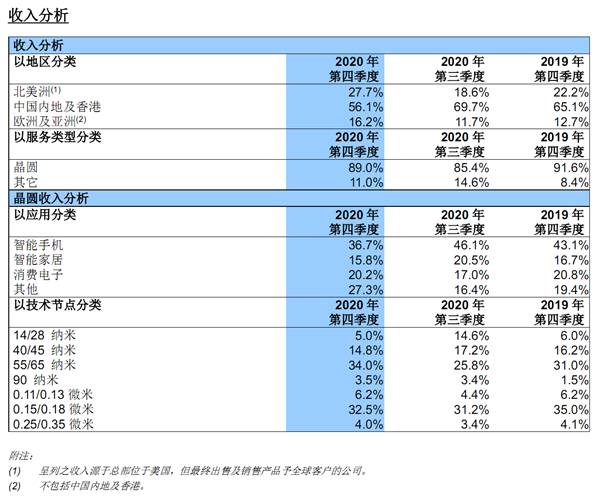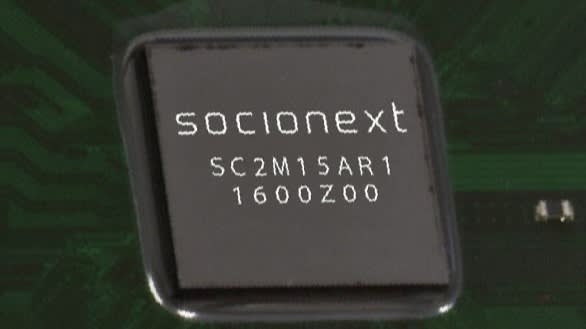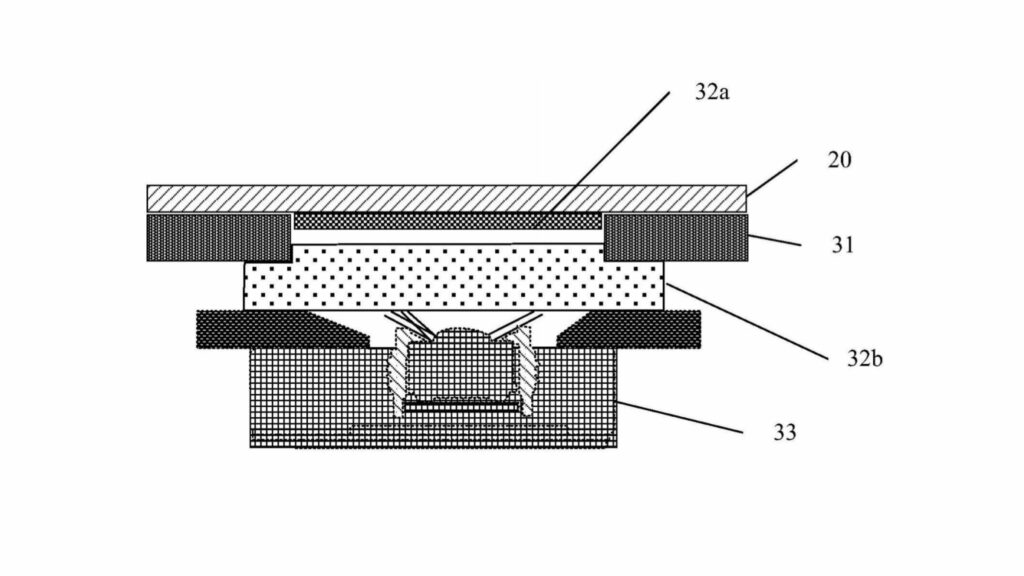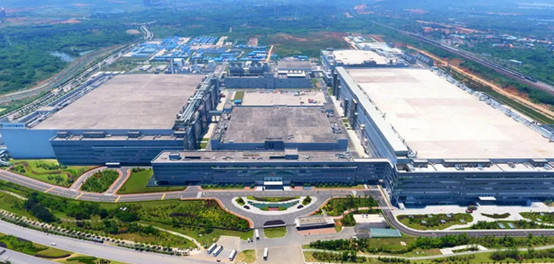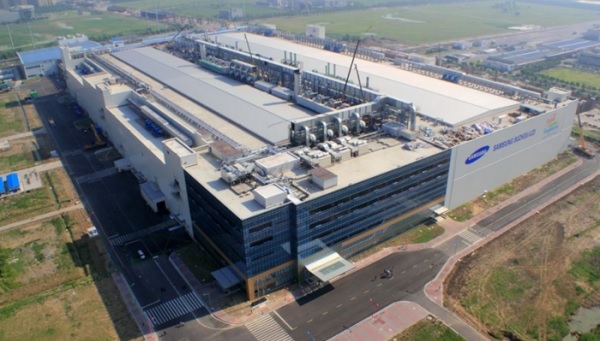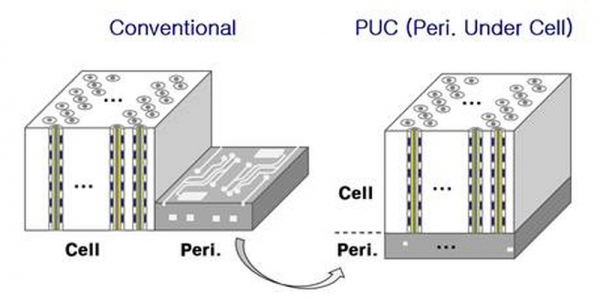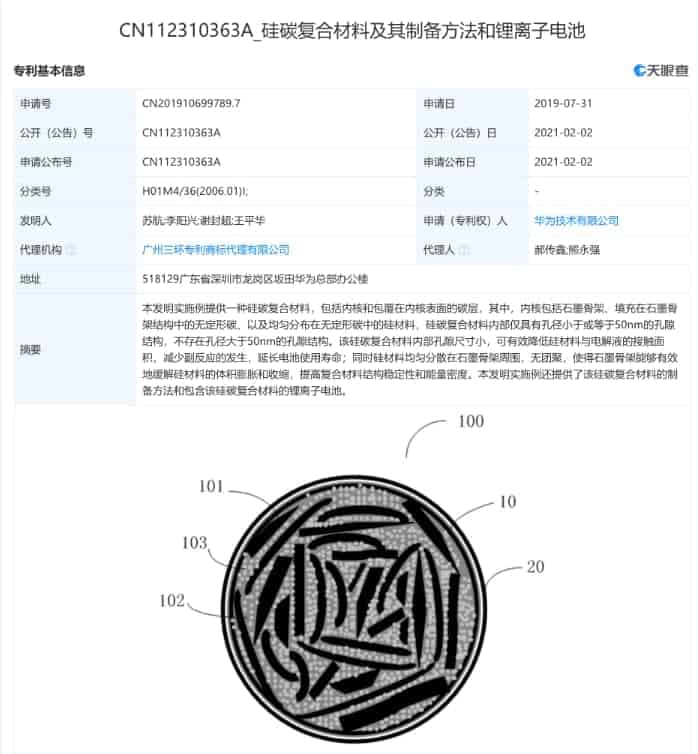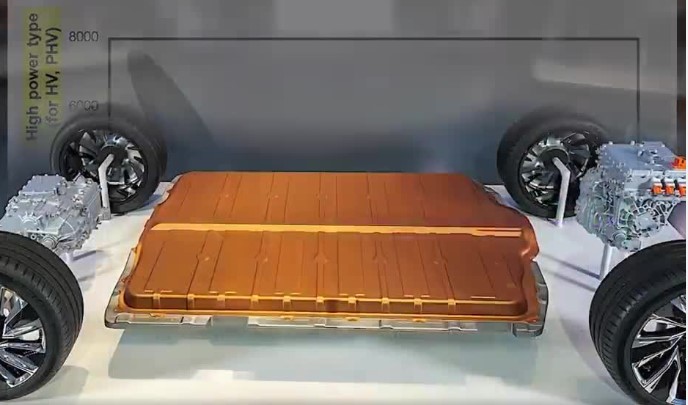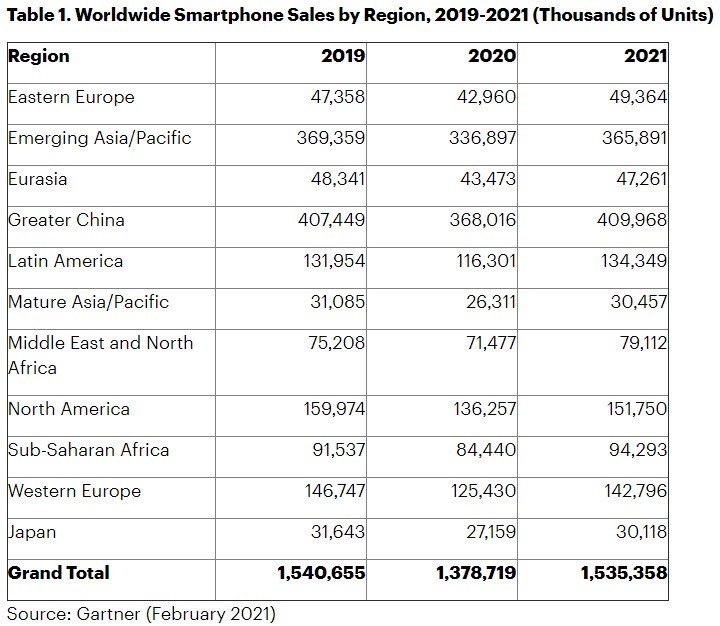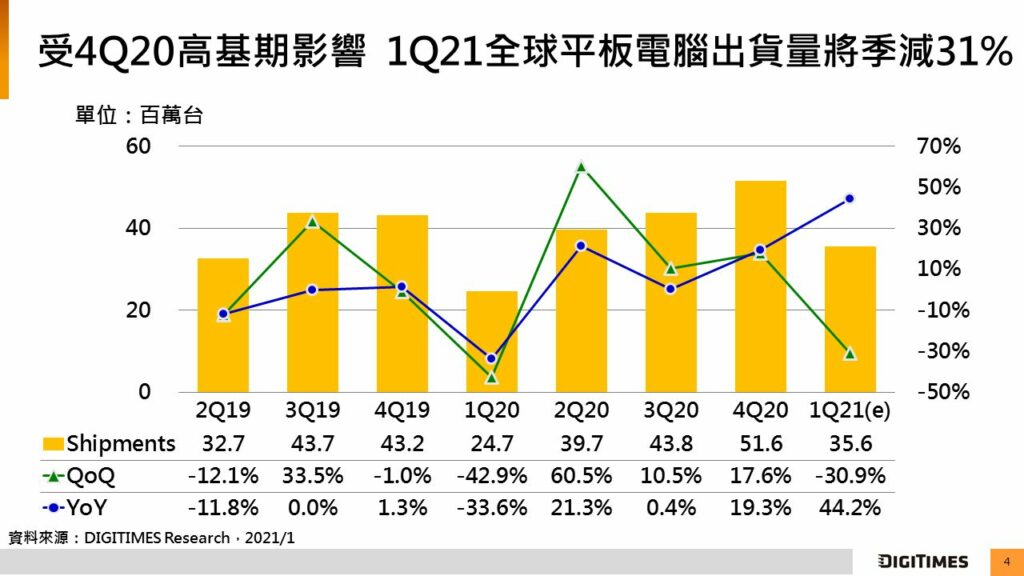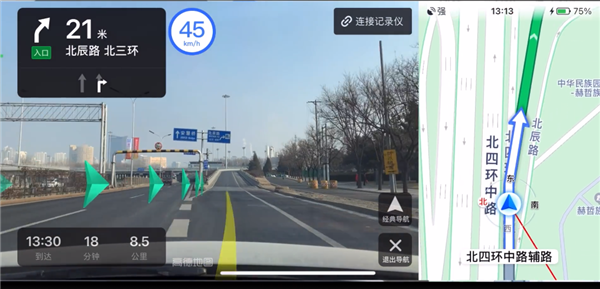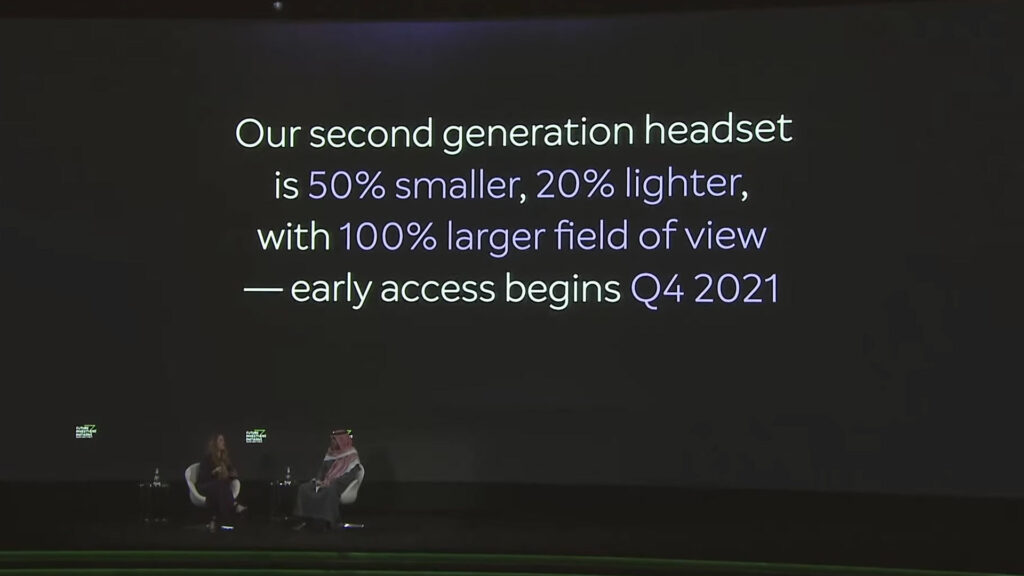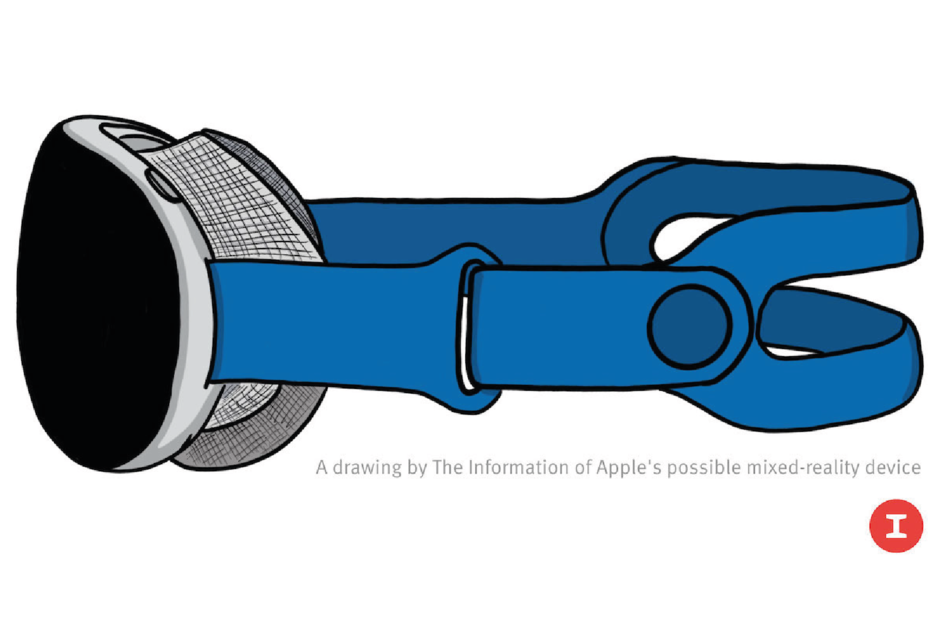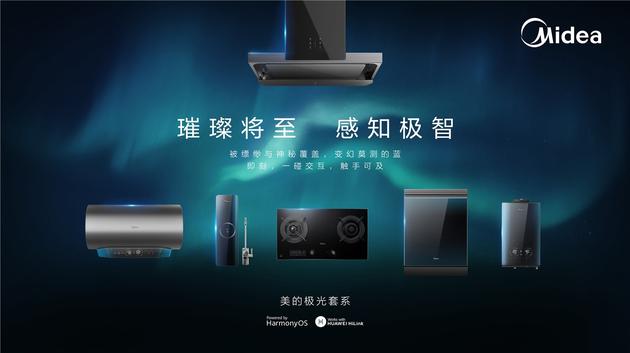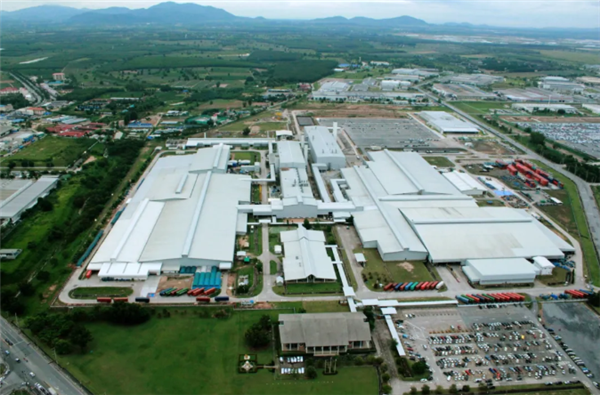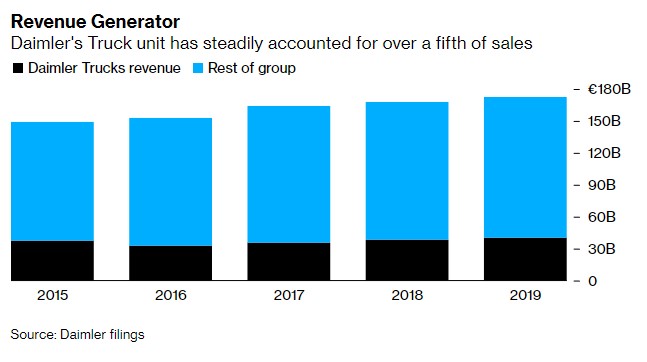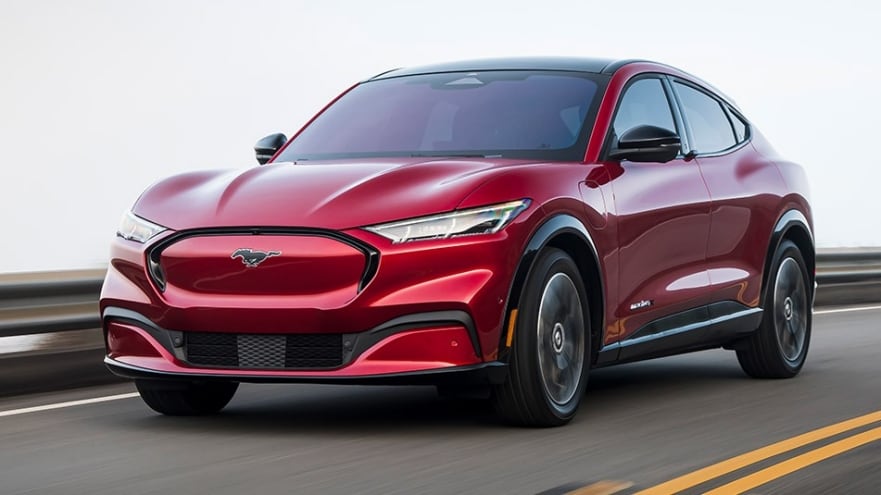
2-6 #BossAgenda : Xiaomi has showcased a new concept phone with a 4-sided curved display; SMIC will expand its capacity this year at its non-FinFET 12″ fabrication plant; Metalenz is launching a single, flat lens system; etc.
The founder and CEO of Xiaomi has acquired stakes in a Chinese artificial intelligence development based firm called CVITEK. This led to a business change within the company with the smartphone maker’s senior official having a controlling stake within the AI developer. (Gizmo China, QCC.com, Tencent)
Volkswagen is looking into buying chip supplies directly from manufacturers, as automakers battle a global semiconductor shortage. Volkswagen is currently in multi-party talks with its main suppliers, chipmakers and wafer makers to address the issue. (CN Beta, Reuters, Auto News)
Shipments of smartphone-use application processors (AP) to China, including those for handset exports, will stay flat sequentially in 1Q21, according to Digitimes Research. Shipments compared to a year earlier will register a robust 57% increase. Tight capacity at 8” and 12” foundries is one of the factors driving brand smartphone companies to keenly build up inventories. About 211.6M smartphone APs were shipped to Chinese brand vendors in 4Q20, rising 9.9% on quarter and 7.7% on year. (Digitimes, press, Gizmo China, Digitimes)
Qualcomm has warned it is struggling to meet demand, signaling that a global semiconductor shortage is spreading. Qualcomm’s incoming CEO Cristiano Amon has indicated that shortage in the semiconductor industry is across the board. He has added that supply should improve in 2H21. (Laoyaoba, Bloomberg)
Chinese businesses have bought almost USD32B of equipment used to produce computer chips from Japan, South Korea, Taiwan and elsewhere, a 20% jump from 2019. With companies like Huawei stockpiling supplies ahead of U.S. sanctions, imports of computer chips climbed to almost USD380B— making up about 18% of all of China’s imports for the year. According to SEMI, China became the largest market for such equipment in 2020. (Bloomberg, Gizmo China, My Drivers, SEMI)
According to IC Insights, sales growth in the total microprocessor market climbed 12% in 2020 to reach a record-high USD87.7B. In 2021, total MPU market growth is forecast to ease back slightly and register an above-average 9% increase to about USD95.5B. In the 2020-2025 forecast period, total microprocessor sales are projected to grow by a CAGR of 5.1% with the only annual decrease occurring in 2024 (-2%), which is expected to be a global economic slowdown year. (IC Insights, Laoyaoba)
The CFO of Samsung Electronics Choi Yoon-ho has announced the company’s plan to aggressively pursue M&A deals in the automotive semiconductor industry. NXP in the Netherlands, Texas Instruments (TI) in the U.S., and Renesas in Japan are emerging as attractive M&A targets for Samsung Electronics. Industry analysts predict that Samsung Electronics will make the largest deal since its acquisition of Harman. TI’s market capitalization amounts to KRW173.68T, that of NXP KRW51.22T and that of Renesas KRW22.34T. (Laoyaoba, Business Korea)
SMIC’s CEO Zhao Haijun has revealed that SMIC will expand its capacity this year at its non-FinFET 12” fabrication plant by 10,000 wafers per month and by 45,000 wafers per month at its 8” fabrication plant. The demand for non-FinFET processes remains strong, and our capacity for non-FinFET will continue to be fully loaded. (Sohu, Laoyaoba, 163, Asia Times, Nikkei)
Despite the impact of COVID-19 on the global economy, the semiconductor market performed better than expected in 2020, fueled by the growth in cloud computing and demand for devices to support remote work and learning. Worldwide semiconductor revenue grew to USD442B in 2020, an increase of 5.4% compared to 2019, according to IDC. The DRAM and NAND markets also recovered after a poor 2019, growing 4% and 32.9%, respectively. IDC forecasts the semiconductor market will reach USD476B in 2021, a 7.7% year-over-year growth rate as the various COVID-19 vaccines are disseminated and economies begin to open and gradually recover. (IDC, Telecom Lead, IDC)
Fabless manufacturer Socionext looks to design cutting-edge 5nm chips for automobiles, becoming the first Japanese company with plans to develop the technology while foreign rivals race ahead in the field. Socionext, the spinoff of the chip businesses from Fujitsu and Panasonic, is expected to outsource production to top global contract chipmaker TSMC, which boasts 5nm facilities. Socionext will compete with Dutch firm NXP Semiconductors in the development of 5nm automotive chips. (Laoyaoba, TechNews, Asia Nikkei, Design Reuse)
Xiaomi has showcased a new concept phone with a 4-sided curved display and a portless design. The phone’s unique waterfall display has 88º curves on all 4 sides. The phone has no bezels whatsoever and there is no notch or hole-punch cutout either. The phone uses Xiaomi’s third-generation under-display camera technology. (Android Central, Android Authority, Mi.com, Sina, Sohu)
Xiaomi has filed a patent with CNIPA titled “Support Structure of Flexible Screen, Flexible Screen Structure and Terminal Equipment”. The patented design includes 2 supporting structure for the flexible display panel. The second structure, which is close to the screen is deformable. Hence, when the device is closed, the display has a low chance of getting affected by a larger crease in the long run. (Gizmo China, SIPO, Sina)
Tianma’s Phase II of the Wuhan Gen 6 production line amounting of CNY14.5B investment has been put into operation in Dec 2020. The key equipment of Tianma Gen 6 Phase II has been moved in and will be mass-produced in 2021. After full production, the total production capacity of flexible OLED display panels in the Gen 6 factory will reach 37,500 per month. (Laoyaoba, Sohu, 51Touch)
The South Korean government has approved Samsung Display’s sales of its liquid crystal display (LCD) factory at Suzhou, China to TCL CSOT. Gen 8.5 LCD manufactured at Suzhou is considered a core national technology. It requires government’s approval under the country’s industry technology protection laws. In Aug 2020, Samsung Display announced that it is selling the Suzhou plant to TCL. Under the deal, COST will acquire a 60% stake in Samsung Suzhou LCD (SSL) and a 100% stake in Suzhou Display (SSM) for a total of USD1.08B. (Laoyaoba, The Elec)
Nikon is set to cease operations at 2 of its Japanese factories in Mar 2021. Those two factories are used to produce interchangeable lenses for its digital cameras, and the remaining domestic operations will be consolidated into its one remaining factory in Otawara City. Nikon intends to consolidate its domestic production of lenses as part of its efforts to reduce costs amid a shrinking camera market. (Laoyaoba, Peta Pixel, Nikkei)
Metalenz is launching a single, flat lens system that utilizes a technology called optical metasurfaces. A camera built around this new lens tech can produce an image of the same if not better quality as traditional lenses, collect more light for brighter photos, and can even enable new forms of sensing in phones, all while taking up less space. (Android Authority, Wired)
Metalenz has raised USD10M to create 3D sensors on a chip with structures that are 1,000 times smaller than a human hair. The sensors are based on meta-optic technology. The unique meta-optic properties permit the combination of several lenses into a single thin and flat surface. (VentureBeat, Crunchbase, TechCrunch)
Google is introducing features that will allow users to take vital health measurements using smartphone camera. Beginning Mar 2021, the feature would be available on Google Pixel phones exclusively and will be available for other Android devices in the future. (Neowin, CN Beta, The Verge, TechCrunch)
According to the Digitimes, in 1Q21 DDR3 is expected to jump in value by 20%, then as the year goes by, continue to increase in value up to 40-50%. Two factors are at the root of the surge: An unexpected jump in demand for DDR3 in 2021, and memory vendors like Samsung and SK Hynix are starting to phase out DDR3 and are producing significantly less DDR3. This last is presumably in preparation for DDR5 production, as older foundries are updated to newer tech and used for more lucrative devices. (My Drivers, Digitimes, Tech Powerup, TechSpot, Tom’s Hardware)
SK Hynix will apply peri under cell (PUC) technology to its next-generation phase-change RAM (PRAM). PRAM combines the advantages of DRAM and NAND flash. The company’s PRAM technology has increased in competence in terms of cost, density and memory capacity as a result. SK Hynix has also applied its double stack technology to the PRAM. (CN Beta, The Investor, The Elec)
Huawei has patented a silicon-carbon composite material and a method for producing it. They plan to use this material in new lithium-ion batteries to extend their life. It is a durable composite material, which includes a core covered with an alkaline layer. The silicon core is filled with amorphous carbon, while the pore size does not exceed 50nm. The tiny pore structure of the silicon-carbon composite material effectively reduces the contact area between the silicon material and the electrolyte. (GizChina, My Drivers)
Toyota is now preparing a revolutionary solid-state battery for 2021. Solid-state batteries are still in their infancy, despite being in development since the 1950s, but Toyota might have cracked the code as to how to get these batteries into a large scale market. The company has over 1000 patents involving these batteries, showing that they mean business when it comes to this part of the market. (CN Beta, Electronic Design, Hot Cars)
Nokia and Vodafone have announced that they have become the first companies to trial 100Gbps broadband internet on a fiber passive optical network (PON). The trial is conducted by Nokia and Vodafone in the latter company’s lab in Eschorn, Germany. The 100Gbps was achieved using existing 25Gbps optics combined with special digital signal processing (DSP). (Neowin, Nokia, Sina, Sohu)
According to Gartner, worldwide sales of smartphones to end users will total 1.5B units in 2021, a 11.4% growth year over year. After recording a 10.5% decline in 2020 due to the impact of the COVID-19 pandemic on the industry, smartphone sales are forecast to rebound in 2021. Mature Asia Pacific, Western Europe, and Latin America are expected to exhibit the strongest growth between 2020 and 2021. Gartner forecasts sales of 5G smartphones will total 539M units worldwide in 2021, which will represent 35% of total smartphone sales in that year. (Neowin, Gartner)
Sony sold a total of 4.5M PlayStation 5 consoles in 2020. The demand for the PlayStation 4 witnessed a sharp drop year-on-year, with 1.4M units shipped in 3Q20. Meanwhile, Sony has sold only 1M smartphones – a 23% decrease yearly. (Gizmo China, GSM Arena, Sony)
Itel A47 is launched in India – 5.5” 720×1440 HD+ 18:9 IPS, UNISOC SC9863A, rear dual 5MP-VGA + front 5MP, 2+32GB, Android 9.0 Go, rear fingerprint, 3020mAh, INR5,499 (USD75). (Gizmo China, NDTV, Amazon)
vivo S7t 5G is announced in China – 6.44” 1080×2400 FHD+ notch AMOLED, MediaTek Dimensity 820 5G, rear tri 64MP-8MP ultrawide-2MP depth + front dual 44MP-8MP ultrawide, 8+128GB, Android 11.0, fingerprint on display, 4000mAh 33W, CNY2,598 (USD400). (GSM Arena, vivo)
realme V11 5G is launched in China – 6.5” 720×1600 HD+ v-notch IPS, MediaTek Dimensity 700 5G, rear dual 13MP-2MP depth + front 8MP, 4+128GB, Android 11.0, side fingerprint, 5000mAh 18W, CNY1,199 (USD185). (GizChina, CN Beta, GSM Arena, realme)
Worldwide tablet shipments climbed to a 13-quarter high of 51.56M units in 4Q20, according to Digitimes Research. However, shipments will fall 31% sequentially in 1Q21. Worldwide tablet shipments in 4Q20 increased 17.6% sequentially and 19.3% on year thanks to seasonal factors and rising demand from stay-at-home activities amid the coronavirus outbreak. Tablet brands also accelerated their shipment paces in 4Q20 amid concerns of worsening shortages of IT chips in 1H21. (Gizmo China, Digitimes, press, Digitimes)
JPMorgan Chase Securities Technology Industry Analyst Yang Weilun has pointed out that Apple may release headset products equipped with Virtual Reality (VR) and Augmented Reality (AR) in 1Q22. Most of the components will be 4Q21. Shipments started in 1Q22, and 7 major Taiwanese manufacturers including TSMC and Largan have entered the head-mounted device supply chain. The main specs will include 6 lenses, LiDAR, and 1 time-of-flight sensor. The bill of materials (BOM) alone is estimated to exceed USD500. (CN Beta, Apple Insider, iMore, China Times, Bloomberg)
AutoNavi has announced that AutoNavi AR driving navigation now supports all Apple iPhone and Android models. Users only need to upgrade AutoNavi Map to the new version V10.76. After starting the navigation, user clicks More and select AR navigation. The user who uses it for the first time needs to initialize and calibrate first, point the camera toward the road, and keep the phone level. (My Drivers, Sina, East Money)
Magic Leap will reportedly launch its second-generation AR headset in 2021. The next Magic Leap headset will be “50% smaller, 20% lighter, with 100% larger field of view” and release in 4Q21 for early access. (Pocket-Lint, Road to VR, CN Beta)
Apple is rumored to be working on a virtual reality headset for launch as early as 2022. The headset will be equipped with more than a dozen cameras for tracking hand movements, along with two ultra-high-resolution 8K displays and advanced eye-tracking technology. The cameras would be able to pass video of the real world through the visor and display it to the user, creating a “mixed-reality effect”. Apple’s “late-stage prototype” features a “sleek, curved visor attached to the face by a mesh material and swappable headbands”. (Phone Arena, The Information, Mac Rumors, Pocket-Lint)
All but two US states — Montana and Wyoming— now have police or fire departments participating in Amazon’s Ring network, which lets law enforcement ask users for footage from their Ring security cameras to assist with investigations. Figures from Ring show more than 1,189 departments joined the program in 2020 for a total of 2,014. That is up sharply from 703 departments in 2019 and just 40 in 2018. (CN Beta, The Verge, Financial Times, Gizmodo)
Midea will equip Huawei HarmonyOS in its smart home business on a large scale in 2021 and carry out more cooperation with Huawei. Media will work with Huawei to break the limitation of hardware capabilities of a single device and launch new smart devices under the Internet of Everything scenarios. With the combination of Midea devices and Huawei Hongmeng OS, the partnership will bring more devices based on a seamless cross-device interconnection ecosystem. (My Drivers, Sohu, Sina, CN Techpost, Huawei Central)
General Motors has ordered a shutdown at 3 plants and slowed production at a fourth as it grapples with a global shortage of semiconductors. Plants in Kansas in the US, Ontario in Canada and San Luis Potosí in Mexico will shut in week of 8 Feb 2021. GM plans to invest USD27B in electric vehicle development and sell 1m electric vehicles in 2025. (CN Beta, General Motor, Financial Times)
Daimler AG will split up into the world’s largest makers of luxury cars and commercial vehicles, renaming itself Mercedes-Benz and listing its truck unit separately by 2021 year-end. The plan to distribute a majority of Daimler Truck to shareholders is the German manufacturer’s most significant shake-up since the sale of Chrysler almost 14 years ago. (CN Beta, WSJ, Bloomberg)
Ford Motor more than doubled the amount of money it plans to invest on electric and autonomous vehicles, to USD29B, even as it posted a 4Q20 net loss of USD2.8B. The CFO John Lawler has indicated that the global semiconductor chip shortage could lead to a 10%- 20% loss in first-quarter production, resulting in a potential hit to operating earnings of USD1B-2.5B. (CN Beta, Reuters, CNBC, Ford)
Huawei has applied for the registration of MATEDRIVE and MATEAUTO trademarks. The registration shows that these are “scientific instruments and transportation tools”. In addition, parts of the registration description read “driving, transmission (or drive) device”. (GizChina, Sina, CN Beta, IT Home)
PayPal is shutting down its domestic business in India, less than 4 years after PayPal kickstarted local operations in the world’s second-largest internet market. PayPal’s domestic operations include its payments gateway and aggregator services for online merchants and brands. The move away is expected to streamline operations in the country’s highly competitive digital payments market. (CN Beta, TechCrunch, India Times)

